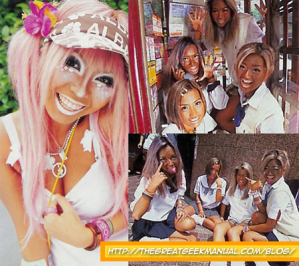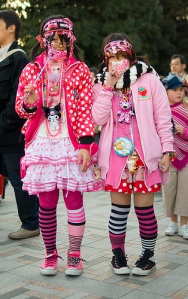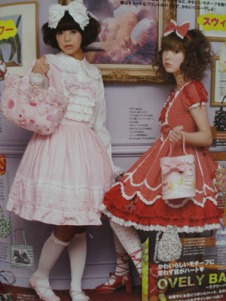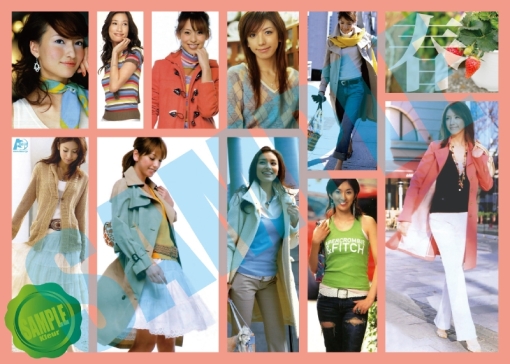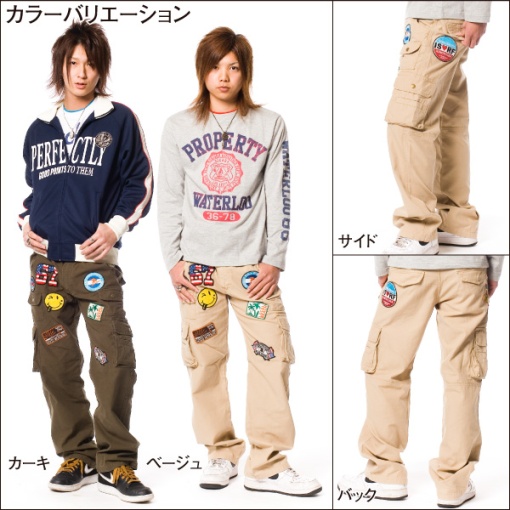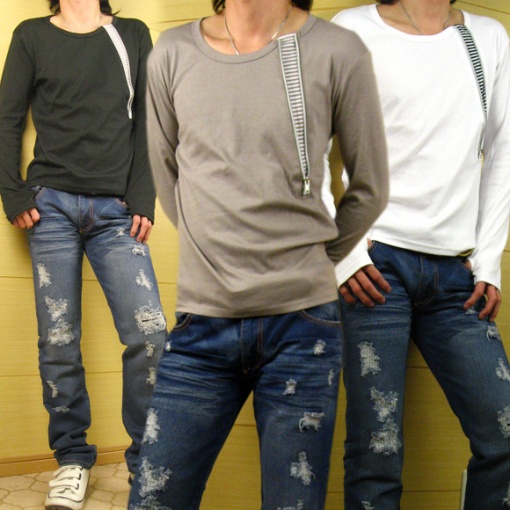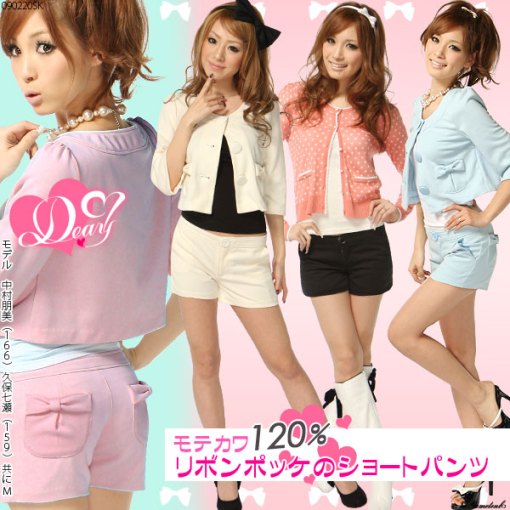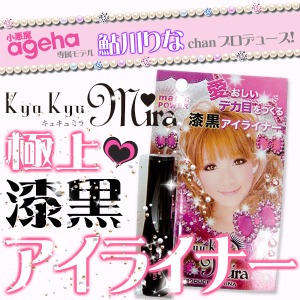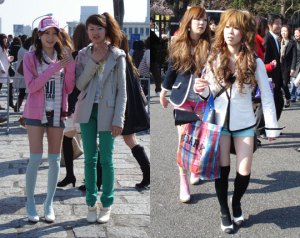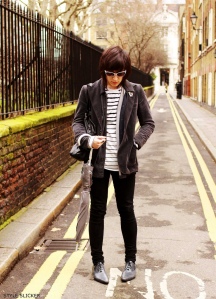Consumption March 2009 Atlantic
Why Japan’s young consumers are turning away from luxury goods
by Alexandra Harney

Image credit: Steven Vidler/Eurasia Press/Corbis
AT THE 109 shopping mall in trendy Shibuya, saleswomen in ruffled miniskirts shout their welcome in sticky-sweet tones above a din of club music. Japanese girls with clouds of strawberry-blond curls and heavy fake eyelashes cruise the mall’s 10 floors, shopping bags dangling from their wrists.
The 109 building is the epicenter of under-25 Japanese fashion, and it has everything a girl could want—terry-cloth hot pants, argyle sweaterdresses, rhinestone-studded skull rings—all at deep discounts to department-store prices. Everything, that is, except luxury brands. A Prada purse is as rare a sighting here as a pair of sensible shoes.
Why are young Japanese women, who as recently as a decade ago were sometimes turning to prostitution to finance their Louis Vuitton habits, losing their lust for foreign luxury brands?
“I’ve never bought anything from a luxury brand, so I really wouldn’t know,” laughed Mika Urasawa, a 20-year-old assistant at the 109 shop Rose Fan Fan, as she helped me into a puffy black jacket with fake-fur trim. “If I bought something from one of those brands, I’d probably spend a fortune on it and a year later it’d be out of fashion anyway.”
I had come to 109 at the invitation of Keiko Sakurai, a 28-year veteran of Chanel’s Japanese operations. Slim, with a bell of black hair, Sakurai had lately made it her mission to understand just what is going on with the Japanese consumer.
Luxury brands are concerned, to put it mildly, about what’s happening in Japan. Japanese shoppers, at home and abroad, account for about half of the global luxury-goods market. But according to a study released last fall by Bain & Company, the luxury market here was expected to shrink by 7 percent in 2008, after falling by 2 percent the previous year.
Part of the problem is plain old economics—a sharp contraction following prolonged economic stagnation. Last year, Japanese department stores posted their 12th consecutive year of declining sales. Responding to the dog years of the 1990s and the bursting of the tech bubble, many Japanese companies have replaced full-time workers with temporary ones. In 2007, nearly 40 percent of Japanese workers were employed in non-staff (contract or part-time) positions, according to the Ministry of Health, Labor, and Welfare. A growing proportion of young people once blessed with steady incomes are now “freeters,” people who float from job to job.
These circumstances are prompting deeper behavioral shifts. In a country renowned for its after-work drinking, for example, 34 percent of the 20-somethings surveyed by the Nikkei Marketing Journal in 2007 said they never or hardly ever drank alcohol. The same poll found that the number of Japanese in their 20s who were saving money “to prepare for the future” had doubled between 2000 and 2007.
Sakurai and other observers believe Japanese people have changed their attitude toward luxury consumption. In the bubble years of the 1980s and early 1990s, many Japanese aspired to own the same Western brands—not to stand out, but rather to fit in. Some 40 percent of Japanese consumers reportedly own a product from Louis Vuitton, whose parent company derives almost 10 percent of its revenue from Japan.
The collapse of the bubble economy in Japan and the “lost decade” of decline that followed left everyone a little wiser. “Japanese consumers were like a sponge,” Chanel’s Sakurai told me. “We absorbed everything, and then we got wrung out. We’re not going to absorb the same things as we used to.” What sells today is value. When the Swedish discount fashion retailer H&M opened its first Japanese outlet in September, more than 5,000 people waited on line.
Today, “it’s not about how much money you have,” Sakurai said. “It’s about expressing your own personal style.”
For young Japanese, as for youth everywhere, the more that personal style differs from their parents’, the better. Junpei Kosaka, a 26-year-old advertising executive, can afford to buy luxury brands but chooses not to. Brands like Armani, he sniffs, are “for rich old dandies.”
Also try: How Not to Travel in Japan
 So, for all of those who are subscribed to my YouTube and looking forward to new videos, I have some, well, let’s call it semi-bad news. Since it’s not the worst that can happen.
So, for all of those who are subscribed to my YouTube and looking forward to new videos, I have some, well, let’s call it semi-bad news. Since it’s not the worst that can happen.